The Azores are a nature lovers paradise! Moreover its “authentic, unspoiled and likely to remain” environment and the great sustainable tourism policy of the local government allows it the title of “First Sustainable Tourism Destination”; after being evaluated several times and keeping the highest grade in the Global Sustainable Tourism Review (GSTR), the Azores finally became the first QualityCoast Platinum Award winner. The National Geographic Traveller rewards as well the Azores as “Second best islands in the world for Sustainable Tourism”.
The Azores are located between North America and Europe, consisting of 9 islands. There are three main island groups, grouped approximately a 1 hour flight apart. The central island group consists of Terceira, São Jorge, Faial, and Pico are the easiest group for island hopping. You will not find large tourist resort on the Azores as the government has limited the number of hotels, committing themselves to sustainable tourism.
The best time to visit the Azores is from June through September.
Pico Island, Faial Island & Sao Jorge can be visiting within a 7 day trip, or spend a week on Sao Miguel Island. Flores & Corvo are the westernmost group of islands and reached by plane.

Santa Maria is in the eastern group of islands along with Sao Miguel Island. Because it is the most southerly and easterly island in the Azores, Santa Maria’s climate is warmer and drier, which contributes to greater aridity on the land and dry vegetation with a yellowish tint, and for this reason it is also known as the Sunshine Island.
Praia Formosa is one of the most popular beaches on the island for its extensive stretch of fine sand and clear water along with it being one of the best spots for surfing. The sand is fine and almost white with a lush green hillsides and cliffs backdrop.
The Aveiro Cascade, on the southeast cost of Santa Maria Island, is considered one of the most beautiful spots on the island. Located in Maia, the Cascade is 328 ft. high, and its falling water has caused interesting erosion to the surrounding circular cliffs as the water falls.
The red desert, or Barreiro da Faneca, is located on the north coast of the island. The red color comes from clays formed by pyroclastic rocks.
Stay: Villa Natura is situated by the Regional nature reserve Figueiral-Prainha of Santa Maria Island, completely optimized for sustainable tourism, having been awarded the prizes “Miosotis Azores” and “Green Key”. This accommodation offers direct access to Praia Formosa, and 3 of the island’s existing trails. The property is covered with natural cork, equipped with solar water heating and waste separation containers, and photovoltaic panels for the production of electric energy.

Sao Miguel Island is the largest island, around 140,000 inhabitants, with a diverse landscape of beautiful lakes, sandy beaches, rolling hills, high mountains, green plains and sandy beaches.
Hotsprings: The Furnas Hotsprings are located in the village of Furnas in the volcanic complex of geothermal springs. The Azores’ unique volcanic origins make these islands a thermal paradise with steamy, iron-rich pools surrounded by bright greens and tropical trees. Natural ocean pools heated by a volcanic vent, cooled by the Atlantic. Nestled on the northern slope of the Água de Pau Massif volcano are the Caldeira Velha hot springs. These hot springs contain unfiltered water and are surrounded by massive ferns and tall trees. The upper pool is fed by iron-rich warm water and a second lower pool that is significantly warmer.
Mosteiros Beach is a scenic black sand beach with offshore lava rock formations. The ground has many rocks so bring proper footwear. You will find toilets, showers, changing areas, and refreshments near the beach.
Sete Cidades is located in the center of a massive volcanic crater three miles across surrounded by thickly forested cliffs. One of the most scenic walks on the island travels around the lakes. The lake consists of two lagoons, one blue and one green.
Stay: Santa Barbara Eco Resort was the first eco resort to open in The Azores. The architecture of the resort minimizes the landscape impact by integrating harmoniously into the natural surroundings. The building materials are locally sourced and all natural, reusing materials when possible. Responsible, non-toxic, luxury amenities can be found in Santa Barbara Eco Resort. Farm to table practices, daily beach clean-ups, rainwater harvesting, and a sustainability audit service are all a part of this eco resort.
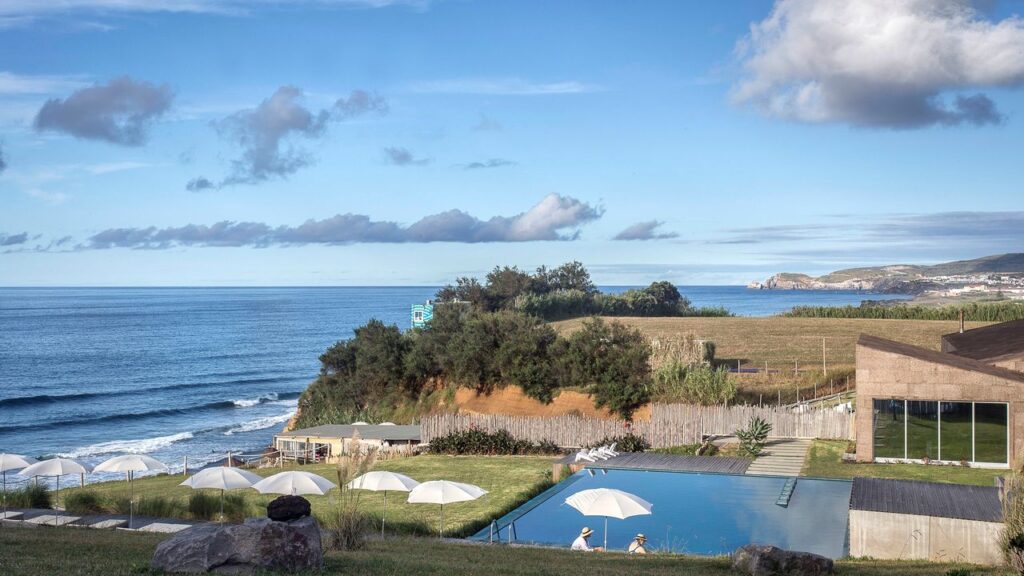
Terceira Island, known as Lilac Island, is located approximately 90 miles from Sao Miguel and 66 miles from Faial, and has a surface area of 148 sq. miles. Terceira is the second most populated island in the Azores with 58,000 inhabitants and the third biggest in surface area after Sao Miguel and Pico. In 2012 Terceira has received the QualityCoast Gold Award for its efforts to become a sustainable tourism destination. Because of this award Terceira has been selected for inclusion in the global atlas for sustainable tourism.
Biscoitos Pools are located on the north coast of Terceira Island. The bathing area of Biscoitos consists of natural pools outlined among the black rocks resulting from volcanic eruptions. Waves from the Atlantic can be seen crashing onto the black rock formations as you bathe in the clear water pools.
Praia da Vitoria is a colorful young port town with the best and most inviting beach in Terceira. The sandy beach alongside the marina is popular in the summer months.
Stay: Caparica Azores Ecolodge promotes a form of sustainable and responsible housing, contributing to the protection of the environment and the well-being of the local population. Each space is decorated with the artwork of Azorean’s contemporary women artists. Caparica was created as an open space for people to exchange ideas and enjoy nature. Each cabin is its own unique treehouse tucked away among the forest.

Pico Island stands in the middle of the Azorean central group, at about 4.5 nautical miles from Faial Island and 11 miles from S. Jorge Island. It is approximately 167 square miles, including lava rock and exotic vegetation. Volcanic eruptions ended 300 years ago and Pico is considered a dormant volcano, adding to the mystique of the island, and drawing in many scientists. Pico is also the ideal island to trek, hike, jog, walk, bird watch, whale and dolphin watch, swim, fish, ride bikes and motto-quad bikes.
Pico Mountain is the highest point in the Azores AND in Portugal. The dormant volcano of Mount Pico is 7,713 feet in elevation and takes around 7 hours to hike. The weather is highly unpredictable on Mount Pico so be prepared for anything. There is a limit of 160 people at one time and 320 per day. You will begin your hike at Mountain’s House where you will check in and receive a GPS tracker.
Diving with Sharks is abundant off Pico Island due to the large number of cetaceans and sharks. The Azores have been discovered as one of the best places in the world to dive up close with Blue sharks and sometimes short fin mako.
Stay: Aldeia da Fonte hotel is the fifth most ecological hotel in Portugal. With six volcanic stone houses on the cliffs overlooking the Atlantic Ocean, among lush gardens, and Atlantic pool. Aldeia da Fonte is a Green Key hotel, Green Key is the international eco-label of the tourism industry, which is awarded to companies that comply with a number of environmental requirements in many different areas.

Corvo Island literally the Island of the Crow, is the smallest and the northernmost island of the Azores. Corvo has an area of 7 square miles and 400 inhabitants. Activities are limited to hiking and fishing. Corvo has been considered to be a World Biosphere Reserve by UNESCO filled with landscapes of pure and diverse nature sights
Corvo Crater, Caldeirão, has steep walls covered with greenish-yellowish mosses. The crater has also two lakes, filled with more a less water – depending on the rainfall – with a few tiny islets. The walk down from the caldeirão is easy and there is only one road which is always descending. This walk will take about 1.5 hour.
Faial Island, the blue island, is part of The Azores central group. It is located about 66 miles from Terceira, 4.5 miles from Pico and 11 miles from Sao Jorge. The surface area of Faial Island is approximately 67 square miles.
Caldeira Trail an enormous crater with 6560 feet (2 km) diameter and 1300 feet (400 m) deep. This area is classified as a natural reserve. The panoramic 4.2 mile circular loop trail provides a view of the island and the ocean.
Whale Watching is fantastic off both Faial and Pico Islands. You will be able to get close to the whales with the smaller whaling groups off these islands.
Botanical Gardens represents the flora and forests of The Azores. The garden presents several collections, among them a collection of plants endemic to the Azores, with almost 50 plants unique to the archipelago, a collection of healing and aromatic plants, another of decorative species with a orchidarium, and a arboretum.
Capelinhos is a volcano located on the western coast of Faial Island. A trail network runs from the Visitors Center and lighthouse to the caldera summit. An violent eruption beginning in the sea between 1957 and 1958 created The Capelinhos volcano, the last of the volcanoes in the line. A small island formed from the expelled material connecting to Faial Island.
Sao Jorge Island is part of the Azores’ central group and is found 21.6 miles from Graciosa, 11 miles from Pico, 32.4 miles from Terceira, and 16.2 miles from Faial. It has an approximate area of 95 sq. miles with about 9,500 inhabitants. Sao Jorge has a ragged coastline with a central mountain range running the entire length of the island.
Caldeira de Santo Cristo hike begins on the mountain ridge and travels 3 hours down to several fajãs, coastal plateaus. A crater lagoon but the ocean is at the end of this trail with volcanic rock creating a safe place to swim. A small village is in the surrounding area and surf schools available.
The Simão Dias natural swimming pool is located in Fajã do Ouvidor on one of the greatest lava fajãs on the north coast of Sao Jorge. Clear water and safe for kids. There is a nearby cafe as well.
Stay: Intact Farm & Bungalows operates in a sustainable manner, having the natural environment at the center of our actions, promoting awareness about sustainability, protecting Sao Jorge, and ecological tourism. The Intact Farm Resort is a blend of natural landscaping and organic agricultural abundance around the farmhouse. Each bungalow is a mini-apartment built from local and nature-friendly materials focusing on leaving a low environmental footprint.
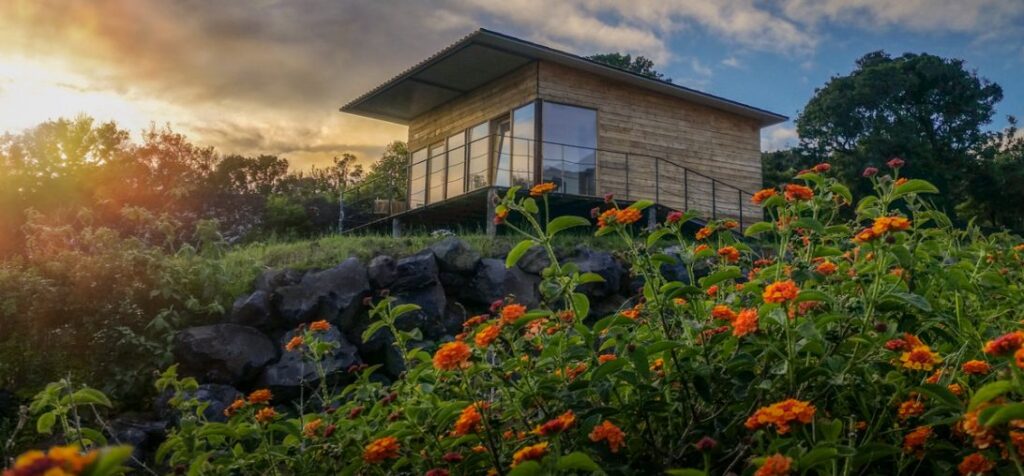
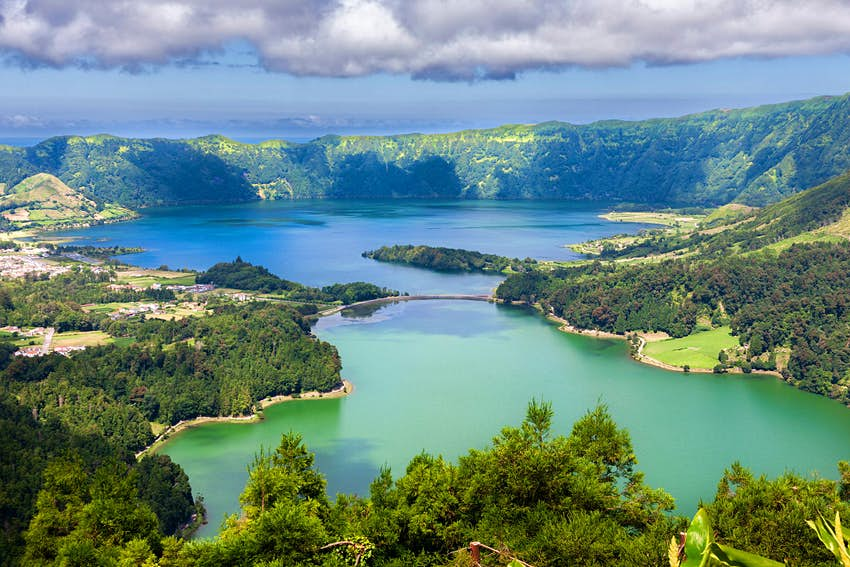
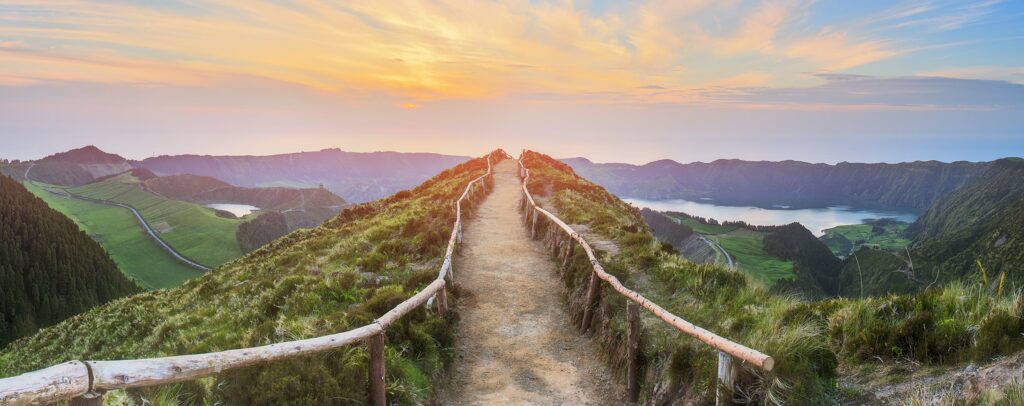
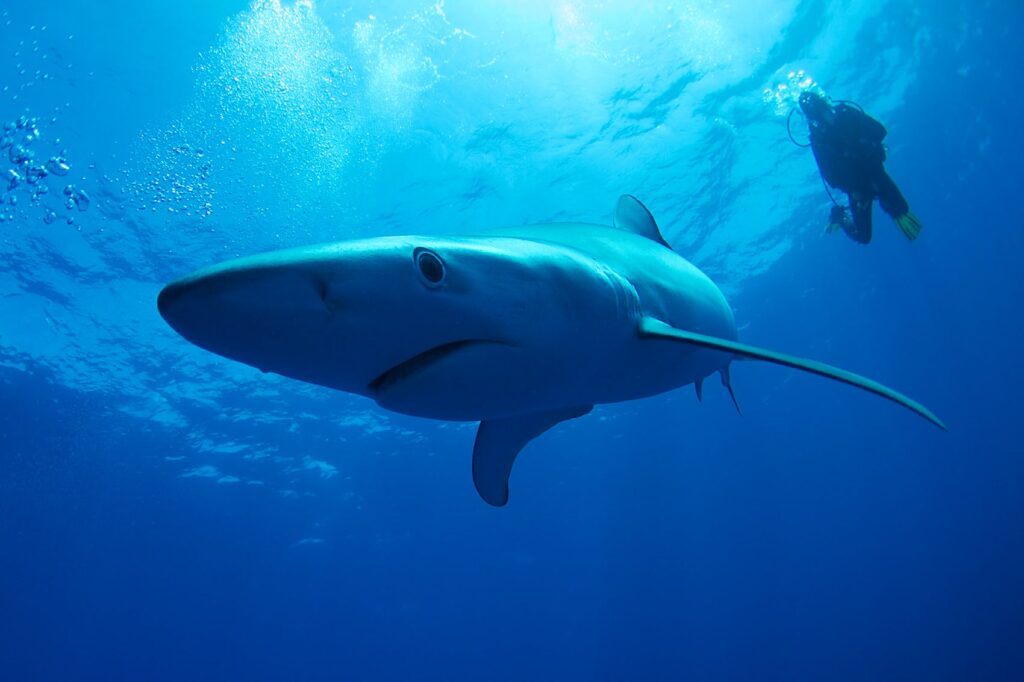

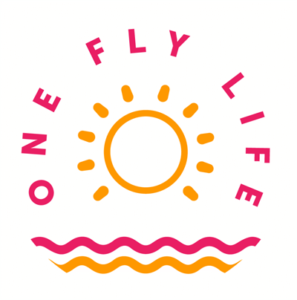
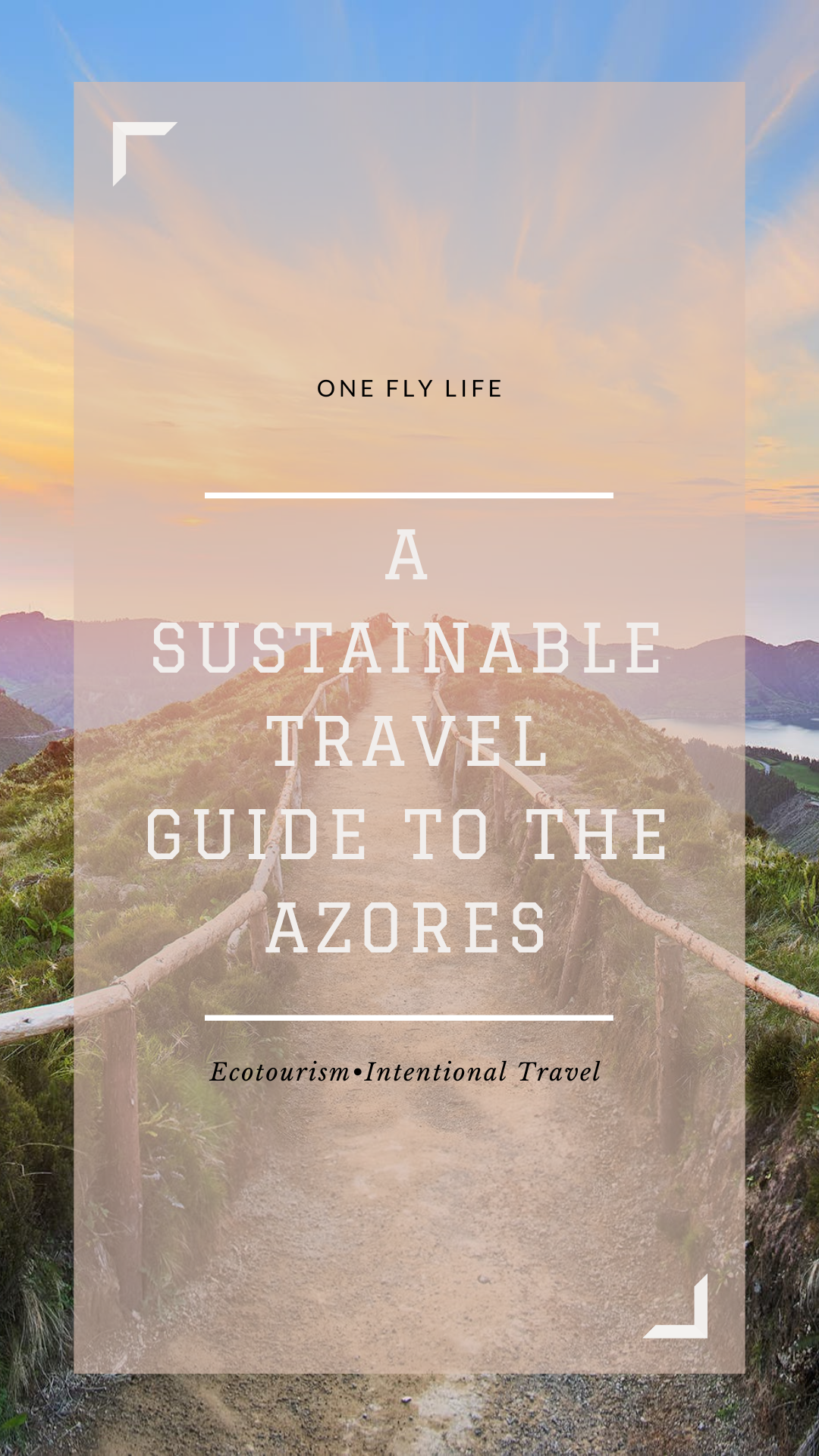
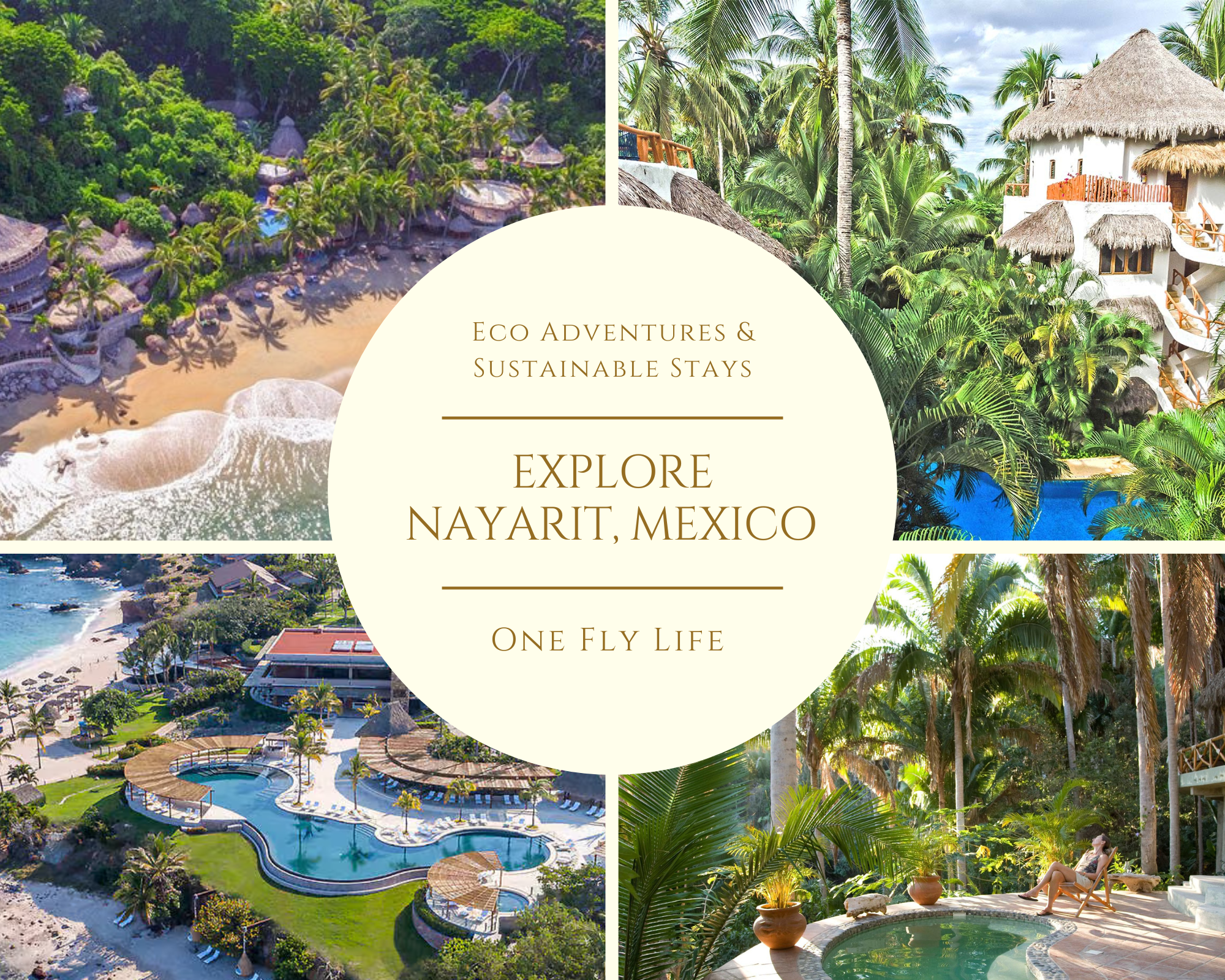
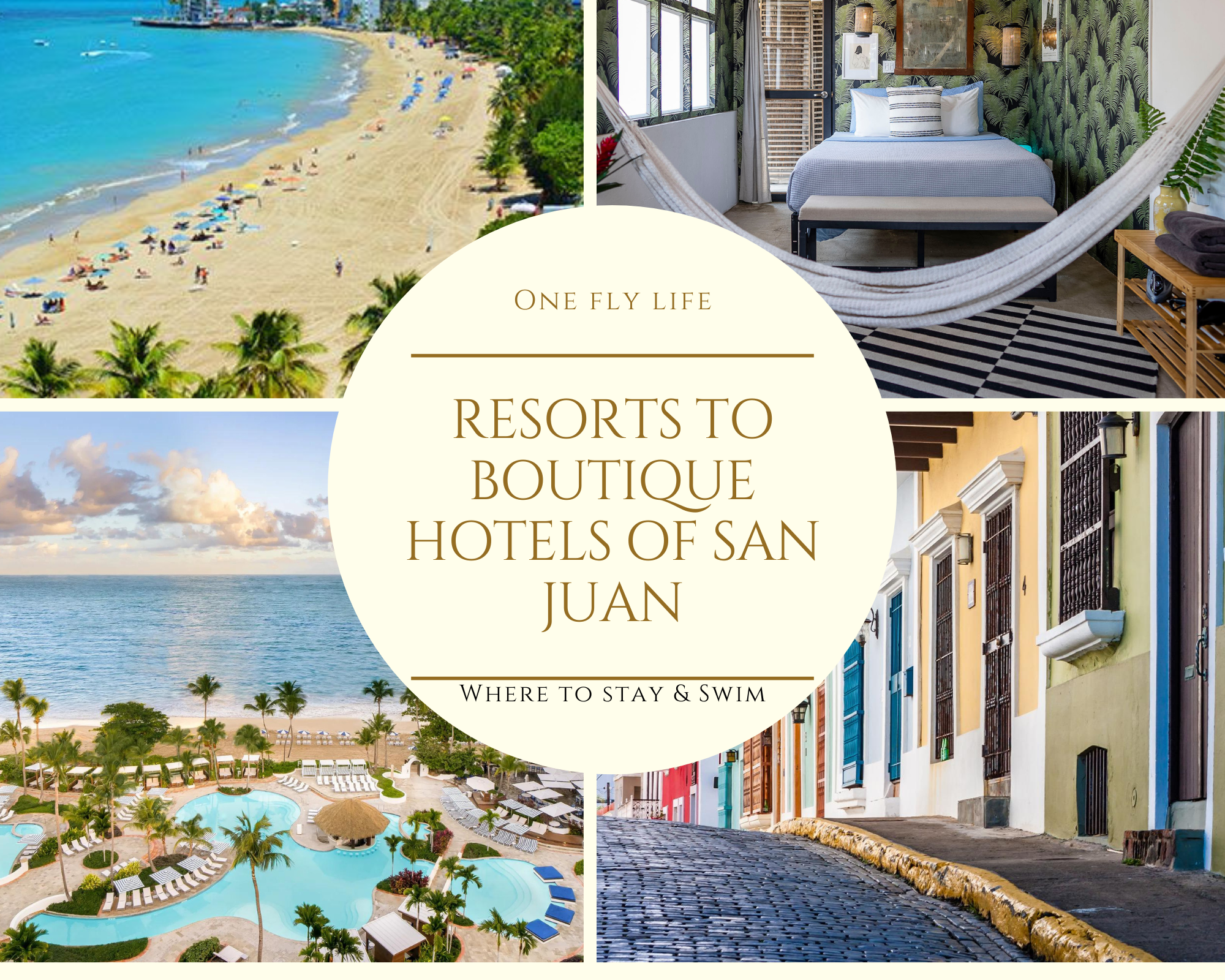
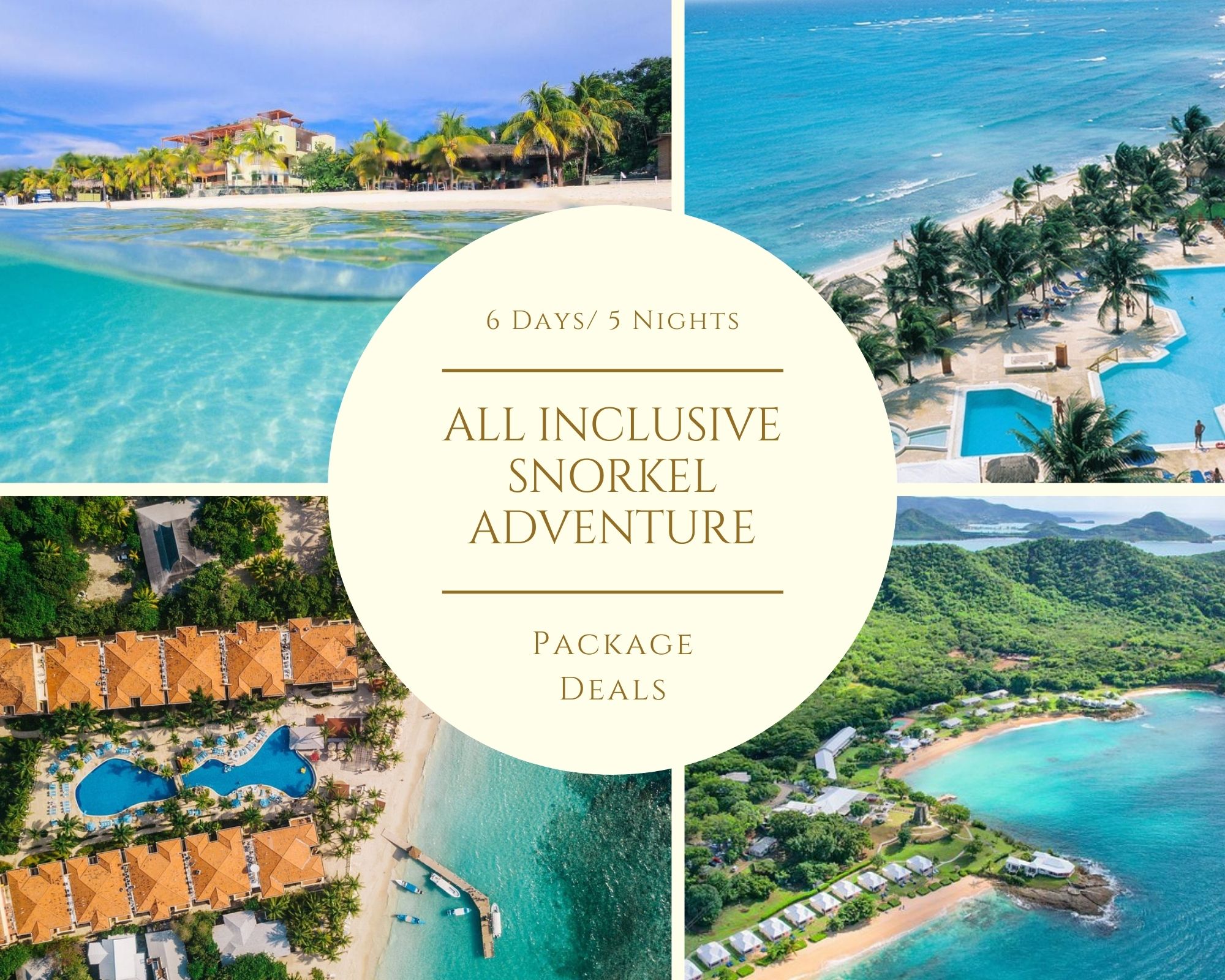
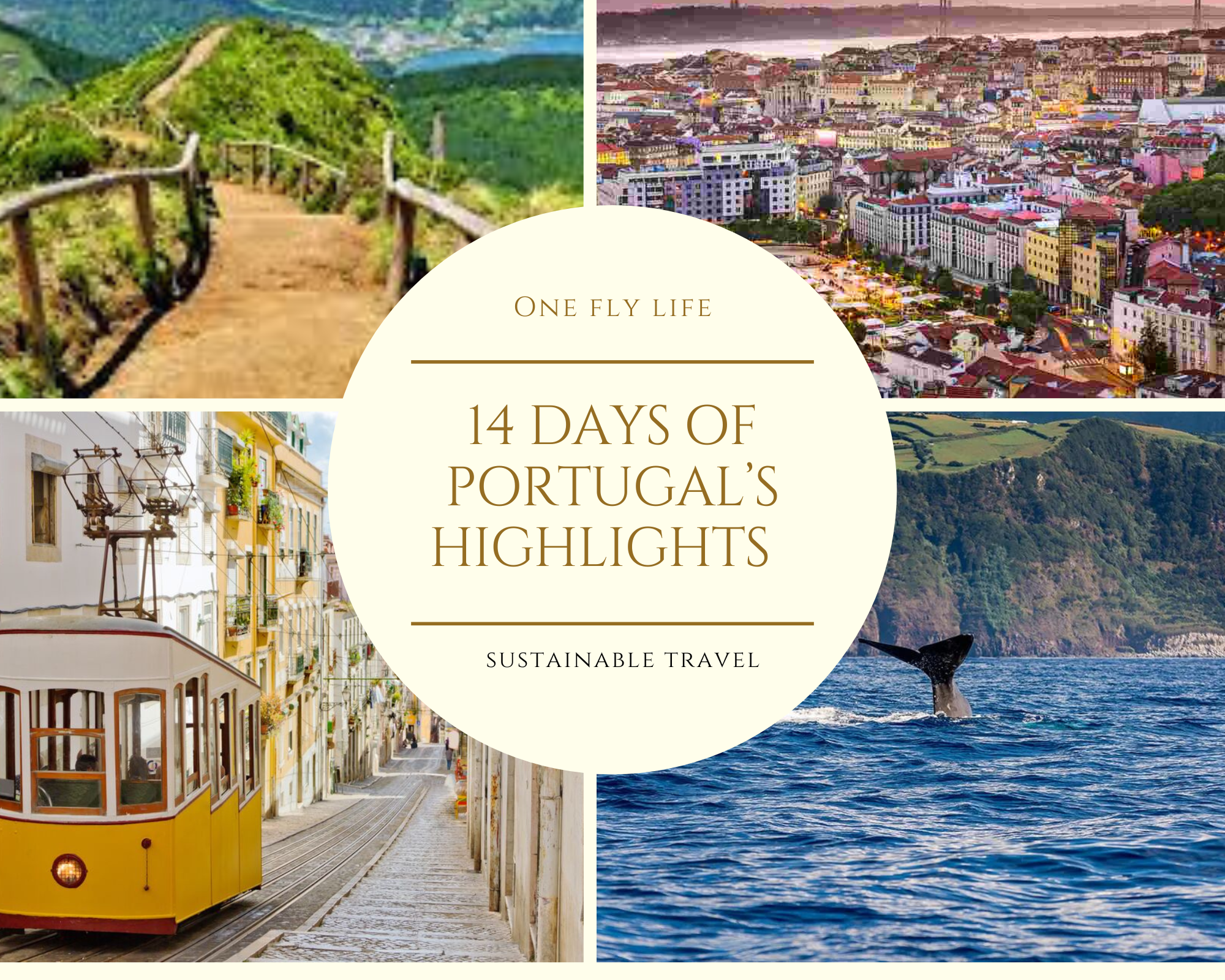
2 thoughts on “A Sustainable Travel Guide to the Azores”
azores in is best
azores in is best